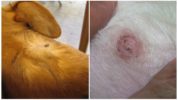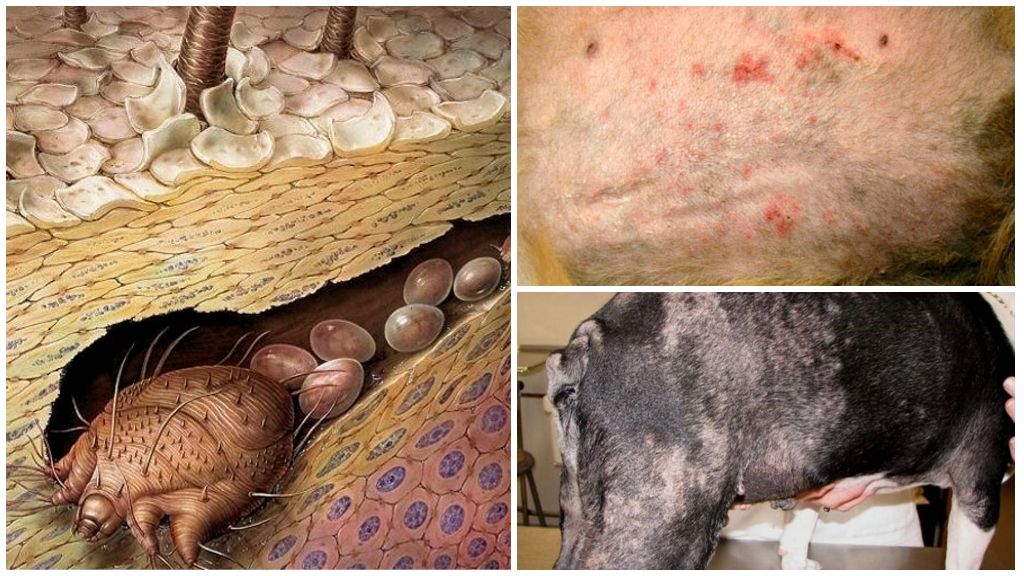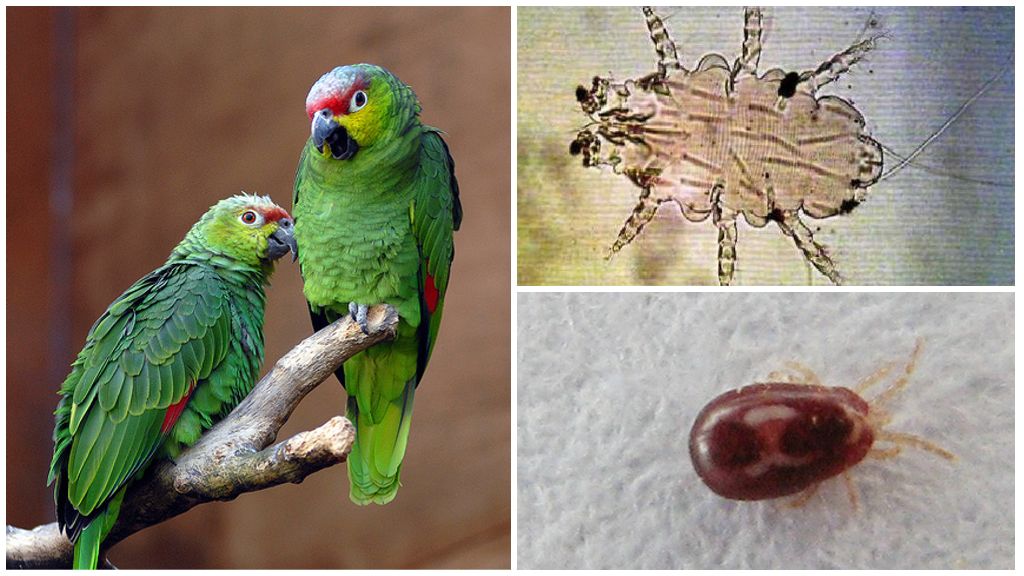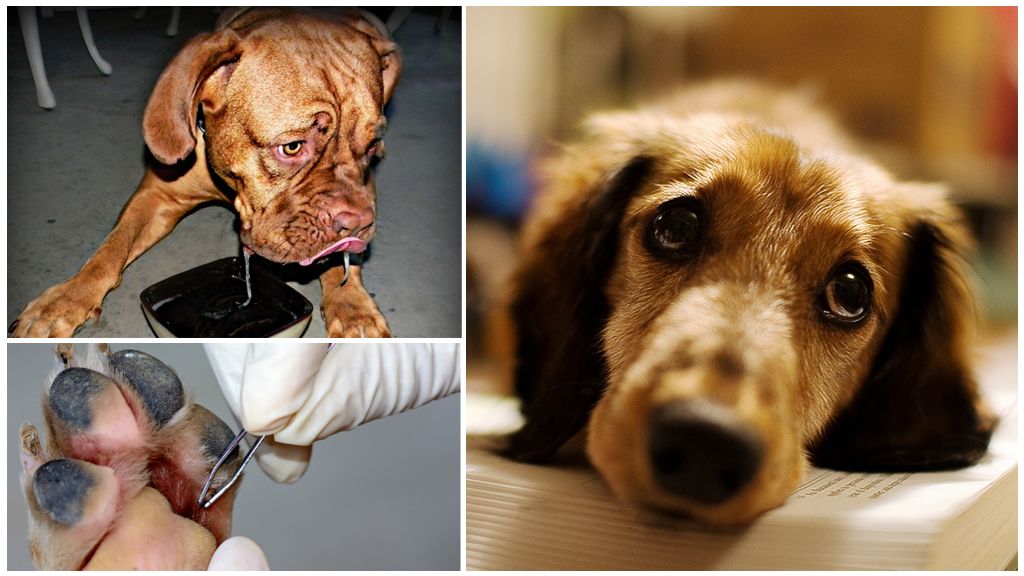- Lump after a tick bite in a dog
- Lump after a tick bite in a dog
Dogs often get bitten ticks. Attentive owners inspect their pets after each walk and, if a parasite is found, immediately remove it. But sometimes the owners are faced with the fact that the dog has a lump after a tick bite. This fact cannot be ignored, but panic ahead of time is not worth it.
Reasons for the appearance of compaction
After removal of arthropod parasite It is recommended to examine the bitten area of the skin. As soon as a noticeable tubercle appears, you need to regularly examine it and monitor the behavior of the animal. A bump at the site of a tick bite occurs for several reasons:
- It is formed as a result of a parasite saliva reaction. It contains chemicals that cause severe irritation in the wound. An inflammatory process occurs, the bite site swells to the size of a pea. Such a neoplasm does not cause discomfort to the animal, except for a slight itching.
- The swollen place of suction of the bloodsucker can be the cause of the parasite particles left in the wound. This occurs when the tick is improperly or unsuccessfully removed, when the head or limbs submerged under the skin are torn off. Parts of the body of the arthropod cause inflammation and can lead to pain in the dog when pressed.
- The lump after the tick can be combed by the dog to the blood, and dirt got into the wound. Pus forms inside, the seal increases in size and turns red.
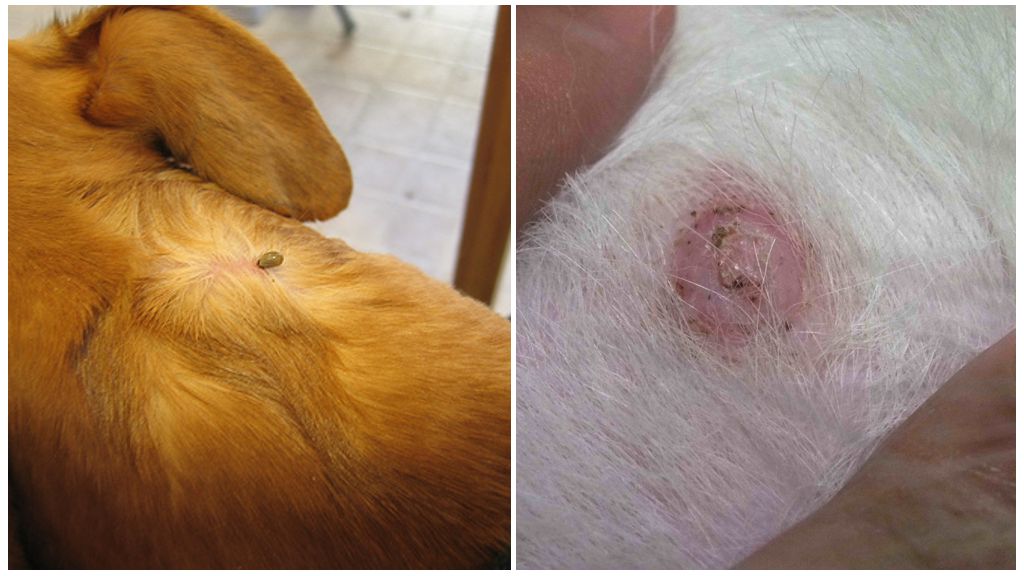
On a note!
In any of the cases described, it is necessary to control the growth of the sore and monitor the health of the four-legged pet. If the dog becomes too nervous and often scratches the swollen area, it is best to show it to the veterinarian.
Treatment for bumps from a tick bite
If the dog has a lump after a tick bite, measures must be taken to eliminate it. The usual seal, not causing pain, will pass in 3-6 months. In its place, wool may partially fall out. The whole process of recovery must be constantly monitored and monitored so that the dog does not scratch this place.
On a note!
Sealing in cats should also be controlled by the owner. If it does not pass for a long time or fester, the cat should be shown to the veterinarian.
Left particles, such as paws or small pieces of the jaw, must dissolve themselves. The head and other large parts will cause prolonged inflammation. Combed sores can also hurt the animal and provoke it to re-scratch. The wound must be washed and treated with brilliant green.
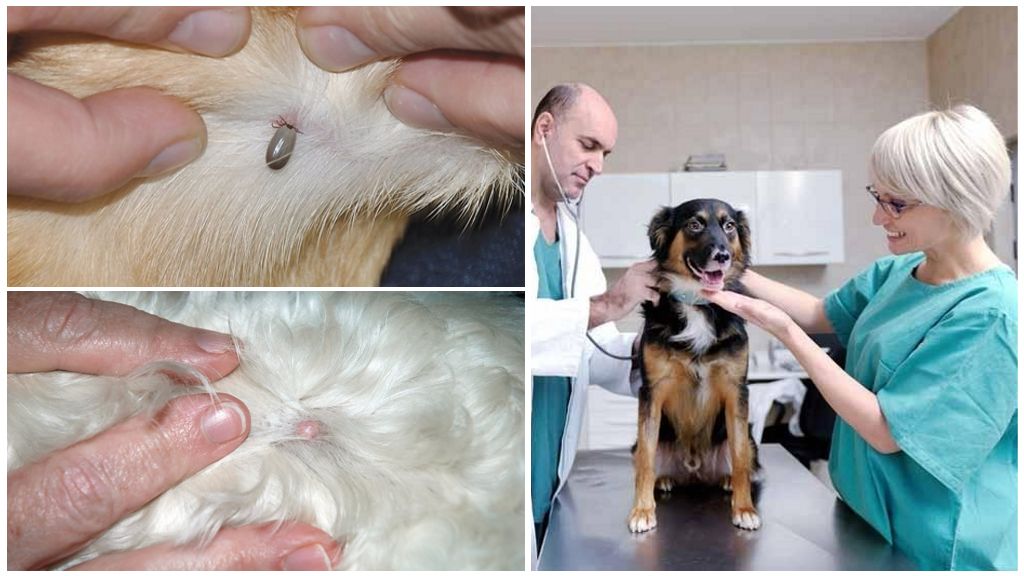
Important!
If the lump after the tick bite in the dog does not go away and fester even more, you need to take the pet to the veterinary clinic. There, under anesthesia, the doctor removes pus and parasite residues, treats the wound and prescribes antibiotics for healing as soon as possible.
Prevention
Tick bites can cause trouble, even if there is no infection with dangerous infections. Cones after removing a tick in a cat or dog require increased attention of the owners. To avoid such problems, it’s easier to worry about how to protect your pets from arthropod parasites.
There is a large selection dog productsrepelling bloodsuckers while walking.They are made in the form of drops, pills, collars, sprays. Each remedy has a long-lasting effect and does not cause any discomfort to the pet. An exception is the components of these acaricides, which the animal may have allergies to.
